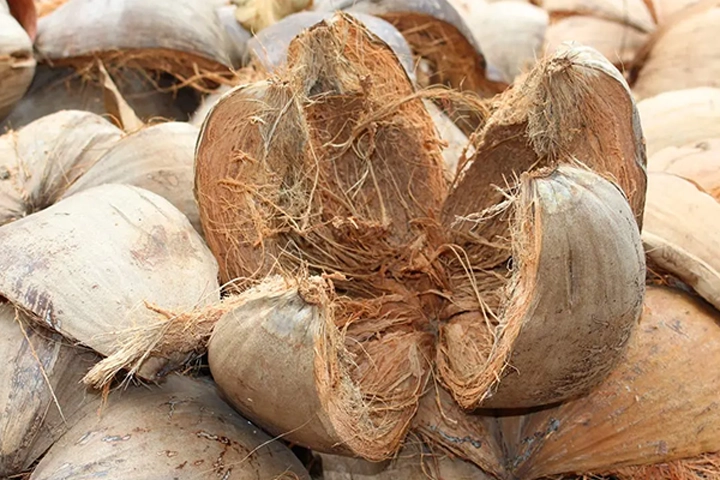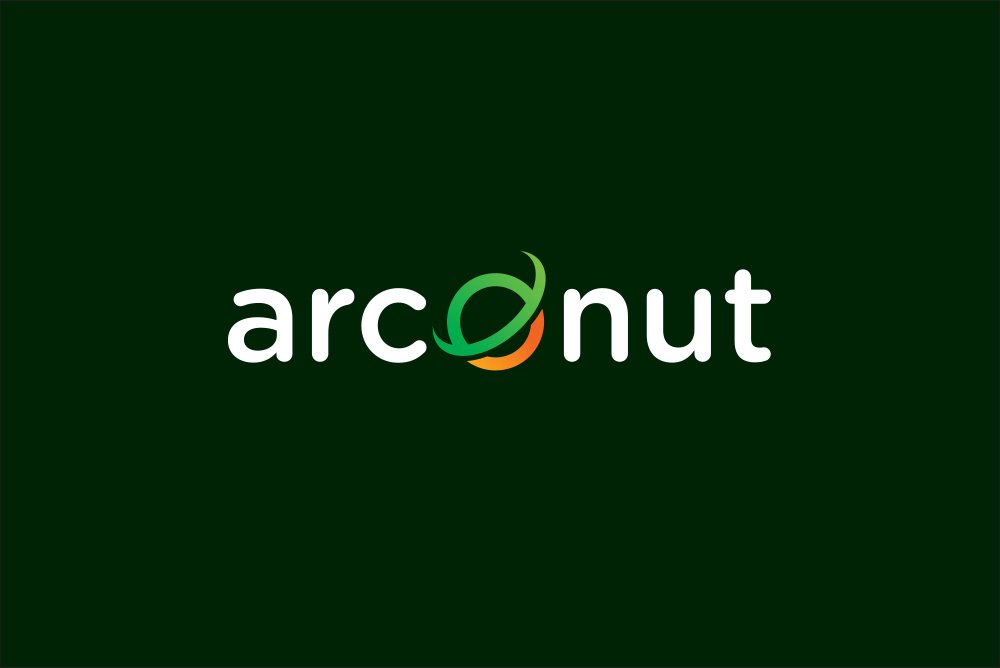The construction industry, a significant contributor to global environmental challenges, is undergoing a crucial transformation. A growing awareness of the need for sustainable practices is driving the search for eco-friendly alternatives to traditional building materials. Among the rising stars in this green revolution is a humble yet remarkably versatile material: the coconut husk. This seemingly simple agricultural byproduct is proving to be a powerful force in creating a more sustainable and resilient built environment.
A Sustainable Building Revolution
The construction industry’s environmental footprint is undeniable. From the extraction of raw materials to the transportation and disposal of waste, the sector consumes vast resources and generates significant pollution. Traditional building methods often rely on energy-intensive processes and materials with high carbon footprints, contributing to climate change and resource depletion. However, a shift towards sustainability is underway, driven by both environmental concerns and the economic advantages of using locally sourced, renewable materials. This revolution embraces circular economy principles, seeking to minimize waste and maximize the use of readily available resources. Innovative approaches are transforming how we build, focusing on reducing the industry’s impact on the planet. The integration of coconut husk is a prime example of this positive change.
The demand for sustainable building materials is soaring, fueled by stricter environmental regulations and a growing consumer preference for eco-conscious products. Architects and engineers are increasingly exploring alternative materials that offer both performance and environmental benefits. This shift requires a fundamental rethinking of traditional construction methods, embracing innovative designs and techniques that minimize environmental impact. The use of recycled materials, renewable resources, and energy-efficient construction practices are becoming integral parts of modern building design. This transition isn’t just about reducing environmental harm; it’s about creating healthier, more comfortable, and more resilient buildings for future generations.
This drive for sustainability extends beyond simply reducing carbon emissions. It encompasses a holistic approach that considers the entire lifecycle of a building, from its construction to its eventual demolition and reuse. This includes minimizing water consumption during construction, reducing waste generation, and ensuring the building’s long-term durability and adaptability. The focus is on creating buildings that are not only environmentally friendly but also economically viable and socially responsible. The adoption of sustainable practices is no longer a niche pursuit; it’s becoming the norm, driven by a collective understanding of the urgent need for change.
The global movement towards sustainable construction offers significant economic opportunities. The development and utilization of sustainable building materials create new markets and employment opportunities, fostering economic growth while protecting the environment. Investing in sustainable construction is not only an ethical imperative but also a smart economic decision. The long-term benefits of reduced operational costs, increased property values, and enhanced brand reputation make sustainable building practices a compelling choice for developers, investors, and homeowners alike.
Coconut Husk: Nature’s Building Block
Coconut husks, a readily available agricultural waste product in many tropical regions, represent a vast, untapped resource with significant potential for sustainable construction. Millions of coconuts are harvested annually, generating a massive amount of husk waste that is often discarded or burned, contributing to environmental pollution. However, this seemingly worthless byproduct possesses remarkable properties that make it suitable for a variety of construction applications. Its fibrous structure provides excellent insulation, while its inherent strength contributes to structural integrity.
The abundance of coconut husks offers a readily available and cost-effective resource for construction, particularly in regions with high coconut production. This reduces reliance on imported materials and supports local economies. The use of coconut husk as a building material aligns perfectly with the principles of a circular economy, transforming waste into a valuable resource and minimizing environmental impact. Furthermore, the processing of coconut husks can create additional employment opportunities in rural communities, contributing to social and economic development.
Coconut husk can be processed in various ways to enhance its properties for construction use. These processes can include drying, fiber extraction, and the creation of composite materials. The versatility of coconut husk allows it to be integrated into a range of building components, from insulation materials to composite panels and even as a component in concrete mixes. This adaptability makes it a valuable asset in the quest for sustainable building solutions.
The use of coconut husk in construction offers a compelling alternative to traditional materials, particularly in regions where coconuts are abundantly grown. This reduces transportation costs and reliance on resource-intensive materials, further enhancing its sustainability credentials. The integration of coconut husk into construction practices represents a significant step towards a more environmentally responsible and economically viable building industry. Its utilization is not just about using a sustainable material; it’s about embracing a more circular and equitable approach to construction.
Eco-Friendly Strength & Durability
Coconut husk possesses surprising strength and durability, making it a viable alternative to traditional building materials in various applications. Its fibrous structure provides excellent compressive strength, making it suitable for use in load-bearing applications when appropriately processed and incorporated into composites. This inherent strength, combined with its lightweight nature, makes it an attractive option for reducing the overall weight of structures, leading to potential cost savings in foundation design.
The natural durability of coconut husk offers significant advantages in terms of longevity and resistance to degradation. When properly treated, it can withstand exposure to various environmental factors, including moisture and pests. This inherent resistance reduces the need for frequent maintenance and replacements, contributing to the long-term sustainability of the building. The material’s resilience also makes it a suitable choice for construction in challenging climatic conditions.
Coconut husk’s excellent insulation properties contribute to energy efficiency in buildings. Its fibrous structure traps air, creating a natural barrier against heat transfer. This reduces the need for artificial heating and cooling, leading to lower energy consumption and reduced carbon emissions. The use of coconut husk as insulation contributes to creating more comfortable and energy-efficient buildings, reducing operating costs for occupants.
The combination of strength, durability, and insulation properties makes coconut husk a highly attractive material for sustainable construction. It offers a cost-effective and environmentally friendly alternative to traditional materials, contributing to the creation of resilient and energy-efficient buildings. Its use is a testament to the potential of readily available, renewable resources to revolutionize the construction industry.
Harnessing Nature’s Potential Now
The widespread adoption of coconut husk in the construction industry requires a concerted effort from various stakeholders. Governments can play a crucial role by implementing policies that incentivize the use of sustainable building materials, such as tax breaks or subsidies for projects incorporating coconut husk. Research and development initiatives are also essential to further explore the material’s potential and optimize its processing techniques.
Collaboration between researchers, architects, engineers, and manufacturers is vital to develop innovative applications and construction methods that utilize coconut husk effectively. This collaborative approach can lead to the development of standardized building codes and guidelines for the use of coconut husk in various construction applications, ensuring quality and safety. The sharing of best practices and knowledge transfer are essential for widespread adoption.
Educating builders, contractors, and consumers about the benefits of using coconut husk is crucial for driving market demand. Raising awareness about its environmental and economic advantages can encourage its adoption in both residential and commercial construction projects. This includes highlighting the material’s strength, durability, insulation properties, and its contribution to a circular economy.
The potential of coconut husk to transform the construction industry is immense. By embracing this readily available and sustainable resource, we can move towards a more environmentally responsible and economically viable built environment. The time to harness nature’s potential is now, creating a future where sustainable construction practices are the norm, not the exception.
The integration of coconut husk into the construction industry represents a significant step towards a more sustainable future. Its readily available nature, impressive properties, and environmental benefits make it a compelling alternative to traditional building materials. By embracing innovation and collaboration, we can unlock the full potential of this natural resource and create a built environment that is both resilient and environmentally responsible. The future of construction is green, and coconut husk is playing a crucial role in shaping that future.

